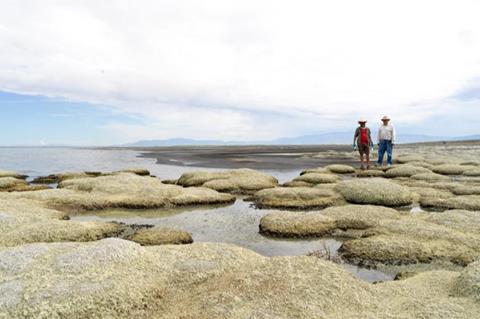Researchers have identified a chronic neurotoxin known as BMAA in dust particles from the Great Salt Lake’s dried lakebed. This toxin, linked to neurodegenerative illnesses, has become a significant health concern due to its presence in windblown dust that reaches populous metropolitan areas along the Wasatch Front.

The dust, enriched with heavy metals and now with identified cyanobacteria and their toxins, poses an unsettling environmental health risk. Studies have indicated that chronic dietary exposure to BMAA can trigger ALS-type neuropathology, with the neurotoxin now considered the most substantial environmental risk factor for developing Amyotrophic Lateral Sclerosis (ALS).
Cyanobacteria in rivers
Although BMAA exposure also causes laboratory animals to form Alzheimer’s-type neuropathology, its role in Alzheimer’s as well as Parkinson’s is not fully understood. However, its connection to ALS has been corroborated by two recent epidemiological studies, marking it as the strongest environmental link to the disease thus far. Notably, Dartmouth researchers observed a higher risk of ALS in residents living near cyanobacteria-infested rivers and lakes in New Hampshire, underscoring the potential hazard of BMAA exposure.
Furthering the concern, the nonprofit Brain Chemistry Labs in Jackson Hole has been monitoring BMAA and other cyanotoxins in water bodies like Lake Okeechobee and collaborating with the Calusa Water Keeper to study airborne cyanobacterial toxins in Florida. International research groups from Sweden, China, and France are also investigating chronic BMAA exposure as an ALS risk factor.
While ninety percent of ALS cases are sporadic and ten percent familial, the threat posed by the inhalation of BMAA-laced dust remains unclear. What is clear, however, is the urgent need for comprehensive studies to determine the potential increase in ALS risk due to exposure to the Great Salt Lake dust. The study was published this week in the journal Toxins.







No comments yet